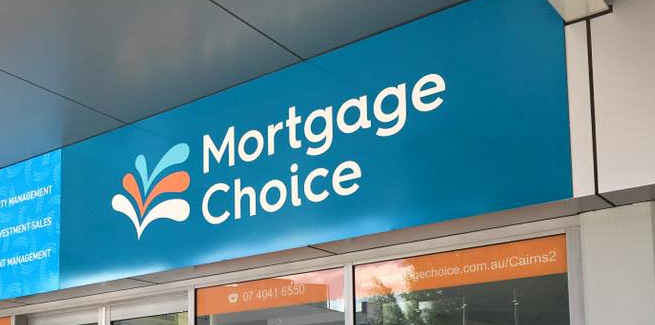New data from Mortgage Choice has revealed that customer demand for fixed-rate home loans rose in May when the 2019 federal election delivered an unexpected result and shortly before the Reserve Bank of Australia cut the official cash rate to the historic low of 1.25 per cent.
In May, fixed-rate home loans accounted for 22.47 per cent of all mortgages written by the broking franchise, up 1.06 percentage point from the 21.41 per cent recorded in April.
The demand for fixed rate mortgages was highest in NSW (24.66 per cent) and Queensland (24.42 per cent), followed by South Australia (19.84 per cent), Victoria (15.78 per cent) and Western Australia (12.83 per cent).
Commenting on the data, Mortgage Choice CEO Susan Mitchell said the rise in demand for fixed rates over the last 12 months, which accounted for 21.81 per cent of loans written, is “hardly surprising” when considering what has been happening in the market.
“Lenders on our panel have been aggressively discounting fixed rate home loan products, which has been effective in enticing more borrowers to commit to a fixed term,” she said.
“With rates as low as 3.49 per cent p.a., it’s unsurprising to see an increasing proportion of borrowers choosing to fix.”
According to Ms Mitchell, current fixed rates present “good value by long-term standards” for borrowers seeking repayment certainty, especially first home buyers seeking to take advantage of low interest rates and the Coalition government’s first home deposit scheme.
The scheme, which is to come into effect on 1 January 2020, will allow first home buyers earning up to $125,000 annually, or $200,000 for couples, and who have been able to save a deposit of at least 5 per cent, to use a government guarantee to borrow additional funds to meet the 20 per cent deposit requirement.
While fixed rate demand is on the rise, variable rate home loans continue to account for the majority of mortgages written, accounting for 77.53 per cent in May, compared to 78.59 per cent in April.
The most popular variable rate products were ongoing discount, which accounted for 34.6 per cent of variable loans written in May, followed by basic variable and standard variable loans, which accounted for 23.91 per cent and 16.67 per cent, respectively.
“I advise borrowers to review their home loan at least once a year to ensure their current loan is still meeting their needs. After all, the number of rate cuts we have seen in the last few weeks alone could mean there are more suitable and more affordable loan products on the market than the one they are currently in,” Ms Mitchell said.
“It pays to be proactive when it comes to your home loan interest rate, as complacency could stop you from potentially saving thousands each year.”
[Related: ADIs report $14.3bn fall in mortgage volumes]
 ;
;
